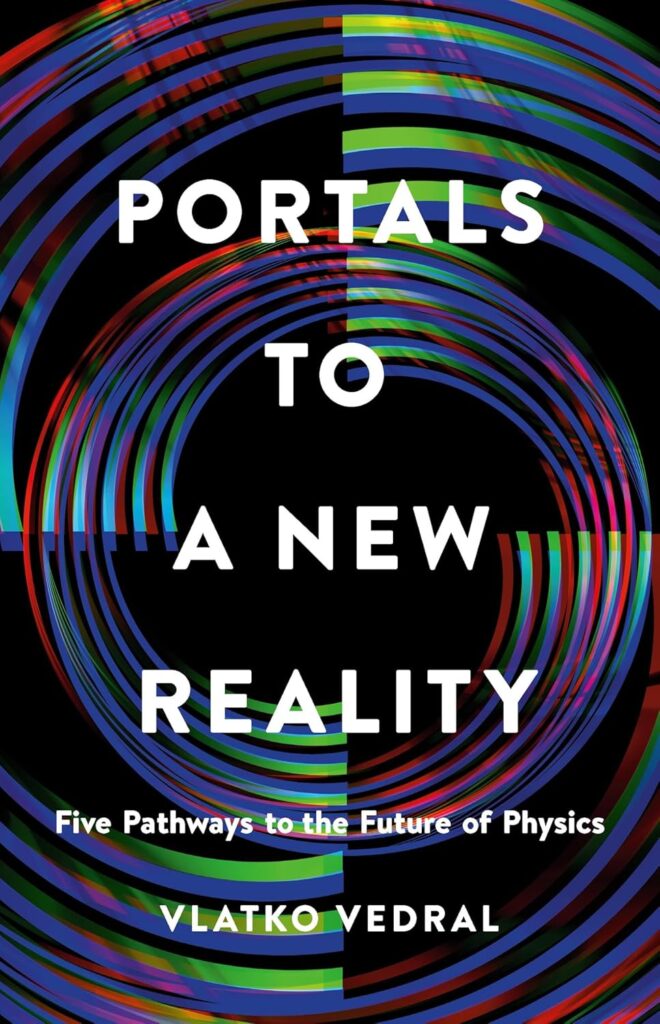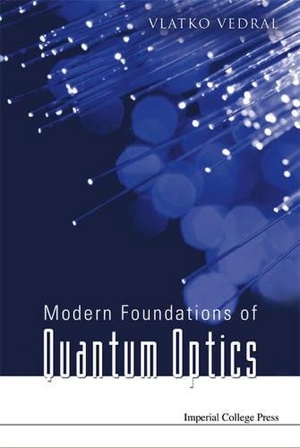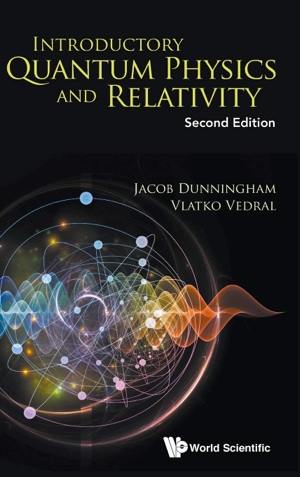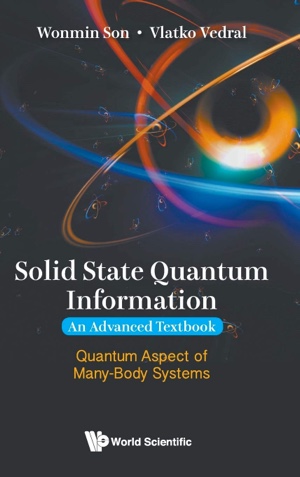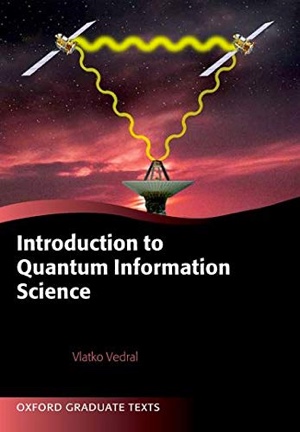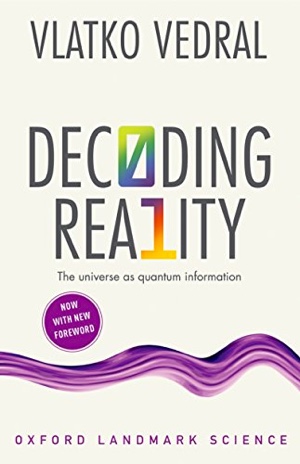The Opposite of a Great Truth is Another Great Truth
It’s taken the Nobel Committee a long time to finally acknowledge that quantum entanglement is for real. This year Alain Aspect, John Clauser and Anton Zeilinger were awarded the most prestigious scientific prize for their work on using light to test various quirky aspects of quantum physics, all ultimately related to entanglement, the phenomenon Einstein called “a spooky action at a distance” (as he was needlessly worried about entanglement being able to provide faster than light communication).
Well, better late than never.
Much has been written about this Nobel Prize (even more about entanglement) and it would be unwise of me to just repeat the basics here (my other blogs frequently talk about entanglement, so please consult them). I will instead take a road less travelled.
In my high school, I was taught mathematical logic by a teacher we all affectionately called Euclid. He was short, stocky, with strong curly black hair and beard and was incredibly fast at solving mathematical problems (Mihailo Veljković was his real name). He would frequently present us with a mathematical puzzle from a Mathematical Olympiad (tough international competitions of best young mathematicians) and then show us how to solve it in a number of different ways (most of us felt lucky to be able to find even one such solution!). We were super intimidated by him, although (or, also because?) he was an exceptionally kind and gentle human being and a truly great pedagogue (possibly much like the original Euclid himself).
Anyhow, it was Euclid (my teacher, not the Ancient Greek) who opened my eyes to the fact that mathematical logic follows rules of calculus that very much resemble our ordinary algebra. It’s actually even easier, in the sense that all we need to know is how to multiply and add zeros and ones!
Let me give you a crash course on ‘logical algebra’, originally developed in the nineteenth century by an English primary school teacher called George Boole (they say that it was the sheer boredom he acutely felt in the classroom which forced him to invent what we now call Boolean logic as a coping mechanism).
Logic is all about statements that can be classified as true or false. “London is the capital of Great Britain” is a true statement, while “it never rains in Oxford” is certainly a false one. Now, simple statements can be combined into more complex statements such as “London is the capital of Great Britain AND it never rains in Oxford”. This statement itself is false since when we use the word AND we mean that statements on both sides of that AND must be true. If one or both are false then the AND combination is also false. On the other hand, “London is the capital of Great Britain OR it never rains in Oxford” is true, since by OR we mean that either (or both as far as mathematical logic is concerned) are true.
There are two other logical operations I want to talk about. One is the logical negation. When we negate a true statement, we get a false one and vice versa. This much is clear. Another operation is the implication: from one statement something else follows. The famous example is: all men die IMPLIES that Socrates (who is a man) must also die. With this, I end my short intro into Boolean logic – it is really all you need to know to be able to do it (or to calculate anything that can be calculated – after all, what computers do is just crunch zeros and ones using the rules of Boolean logic).
Anyway, now I’d like to write a slightly more complicated logical sentence that I claim is always true. The upshot will be that this sentence is what in physics is called the CHSH inequality (C is for Clauser, one of the Nobel Laureates – you can look up the rest of the letters ☺) and whose quantum violation was tested in different ways by the three recipients of the Nobel Prize. The CHSH inequality itself is a refinement of the Bell inequality. John Bell started it all back in the early Sixties, but – sadly – did not live long enough to get a Nobel himself (a message to all you young aspiring Nobelists out there: work out, take plenty of rest and, above all, eat your green veggies).
But, how can a logically correct statement be violated in quantum mechanics? Or in any other physics?, I hear you cry. Please stick around till the end of the blog to find out.
I will use four statements, labelled – for no particular reason – by the letters P,Q,R and S. Each statement can either be true (which in Boolean logic gets the value 1) or false (0). Now look at the following expression “(P AND R) OR (P AND S) OR (Q AND R)” IMPLIES “(Q AND S) OR P OR R”
In Boolean algebra this is translated into: PR + PS + QR <= QS + P + R
PR is just a product of P and R. It is 1 if both P and R are 1 (1 times 1 =1), and is otherwise zero. It is therefore clear that P times R represents the logical P AND R (which is only true if both P and R are true). Likewise, the addition (+) is the equivalent of the logical OR (in this case the exclusive OR, since 1+1=0, but let us not worry about this technicality), while the ‘less than or equal’ sign is the equivalent of the logical implication (this is easy to understand since, for example, if a number is less than or equal to 2, then it is also less than or equal to 3, because 2 is less than 3).
The above inequality is always satisfied for any choice of the values of P,Q,R,S being either 0 or 1. However, in quantum physics, this inequality is violated (and demonstrating this conclusively through experiment lead to the Nobel Prizes 2022).
How is this possible? How can a logically true statement be violated? The simple answer is that quantum physics doesn’t obey the Boolean logic. The statement above is true in Boolean logic, but it is not necessarily true in other kinds of logic. Instead, we need to use what is informally known as the fuzzy logic. Things out there are not just true or false, but could also be ‘undecided’. There are many such fuzzy logics, but the key for all of them is that they fail to satisfy the law of the excluded middle. Namely it is not true that something is either true or false. It could be something else, i.e. undecided.
In quantum physics it is easy to see why the fuzzy logic is suitable. A qubit in a superposition of 0 and 1 is in an undecided state as far as the fuzzy logic. Measure it and it becomes either true (1) or false (0), but before it is measured, we have to assign to it an undecided value – we don’t know whether it will be 0 or 1. And in the fuzzy logic P IMPLIES P is also not necessarily true – it could be undecided (meaning that ‘whether undecided implies undecided’ is itself an undecided statement – I know this sounds confusing, but that’s the whole point!).
In quantum physics, P, Q, R and S are simply different measurements performed on two entangled qubits (P and Q on one qubit and R and S on the other qubit). And because in the fuzzy logic each could be 0,1 or undecided, the CHSH logical inequality can actually be violated. There is no logical contradiction there, only a contradiction within one particular logic called Boolean logic (which is just one of infinitely many different possible logics).
Finally, we have been interpreting quantum superpositions (and entangled states) as logically undecided. But there is another – methinks more appropriate – interpretation. We could think of superpositions as statements that are both true and false at the same time! Indeed, the law of contradiction (namely, that it is false that something could be true and false at the same time) is violated in such a version of fuzzy logic (it is not false that something could be true and false at the same time!).
Even more magically (and this brings us to the title of this newsletter, which is a witticism due to Niels Bohr), the opposite of the statement that is true and false is the same false and true statement. So, if the contradiction is accepted as possible, its opposite is also possible. The opposite of a quantum superposition is just another quantum superposition.
It looks like we’ve arrived at a great quantum truth, but as far as quantum computation is concerned, we are simply talking about a NOT gate. If you apply a NOT gate to an equal superposition of 0 and 1 you will get the same state.
Suddenly a great truth sounds like a great triviality; however, it is worth remembering that the NOT gate is the basis of any quantum interference experiment. Once you can do a square root of a NOT, followed by another square root of a NOT (together making a full NOT), you can basically do anything you want in quantum physics (I kid you NOT). Therefore, Bohr was maybe onto something when he said that the opposite of an ordinary truth (1) is a false statement (0), but the opposite of a great truth (0+1) is another great truth (0+1).
Sign up to my substack
BOOKS
ASK ME ANYTHING!
If you'd like to ask me a question or discuss my research then please get in touch.
